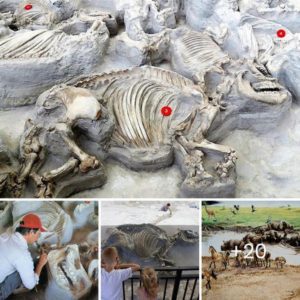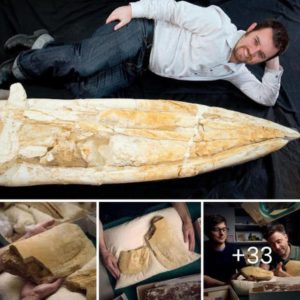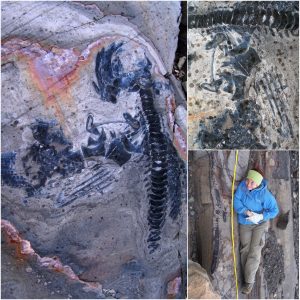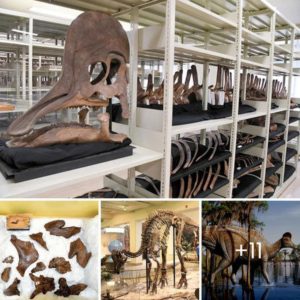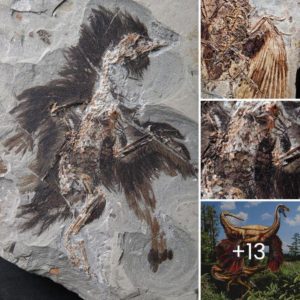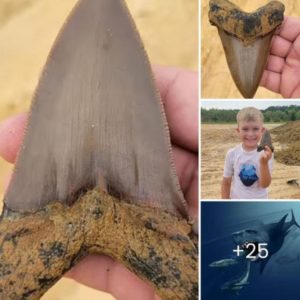Ancient sculpture remnants reunited after 3,000 yearsThe archeology team confirmed on Thursday that a newly unearthed bronze statue at China’s famous Sanxingdui Ruins has been successfully matched with another piece of bronze ware from which it was split about 3,000 years ago.

The sophisticated bronze sculpture depicts a human head and snake body figure with protruding eyes, fangs, and horns.
Above the head is a bright red trumpet-shaped zun (an ancient wine jug), and the figure is bound together by her hands and a square-bottomed vase-shaped lei (an ancient wine jug).
The statue with no back, was recently excavated from sacrificial pit No. 8. Archaeologists later found that another piece of the bronze artifact unearthed in pit No. 2 in 1986 could perfectly match the missing body of this figure.
The missing part is it wears a cloud-patterned tight skirt and has strong legs with bird claws treading on the two birds. Archaeologists think the figure with a human head, snake body and bird claws must have been a statue of a god.
Ran Honglin who an official at the Sichuan Province Cultural Relics and Archaeological Research Institute: “Successful matching of cultural artifacts excavated from different pits confirmed archaeologists’ previous predictions. This is also of great importance for the subsequent restoration of cultural artifacts at the site. “We hope that more bronze items can be brought together here,” he said. Ran said that the combination of the two pieces also showed that the two pits were formed at the same time and that the bronze object was separated before it was buried.
He also added that this is of great value for understanding the chronological relationship of each sacrificial pit, the reasons for the destruction of cultural relics, and the social background at the time.
Originally discovered in the late 1920s, the Sanxingdui Ruins have been called one of the greatest archaeological finds of the 20th century and the world.

.

Covering an area of 12 square kilometers, located in Guanghan city in southwest China’s Sichuan province, the ruins are believed to be remnants of the Shu Kingdom, which dates back about 4,500 to 3,000 years.
In early 1986, archaeologists discovered thousands of valuable cultural relics of worldwide interest, including a gold scepter and a bronze sacred tree, in pits No. 1 and No. 2.
A joint team of archaeologists has been excavating six sacrificial pits at this site since 2020.
So far, more than 50,000 bronze items, jade, gold items, pottery, and ivory artifacts have been unearthed at the site.
